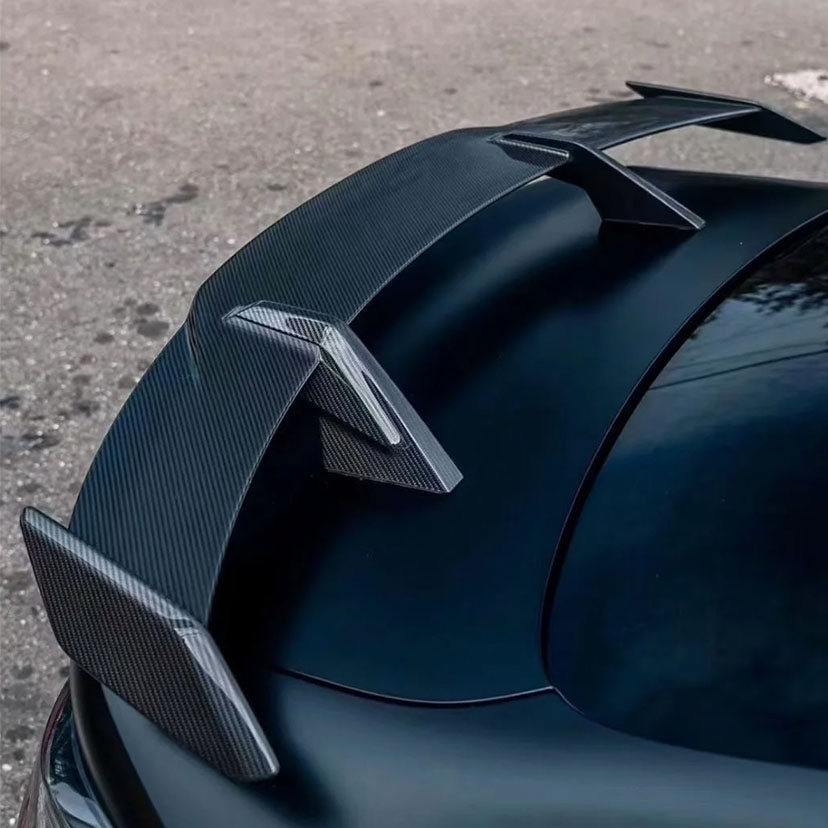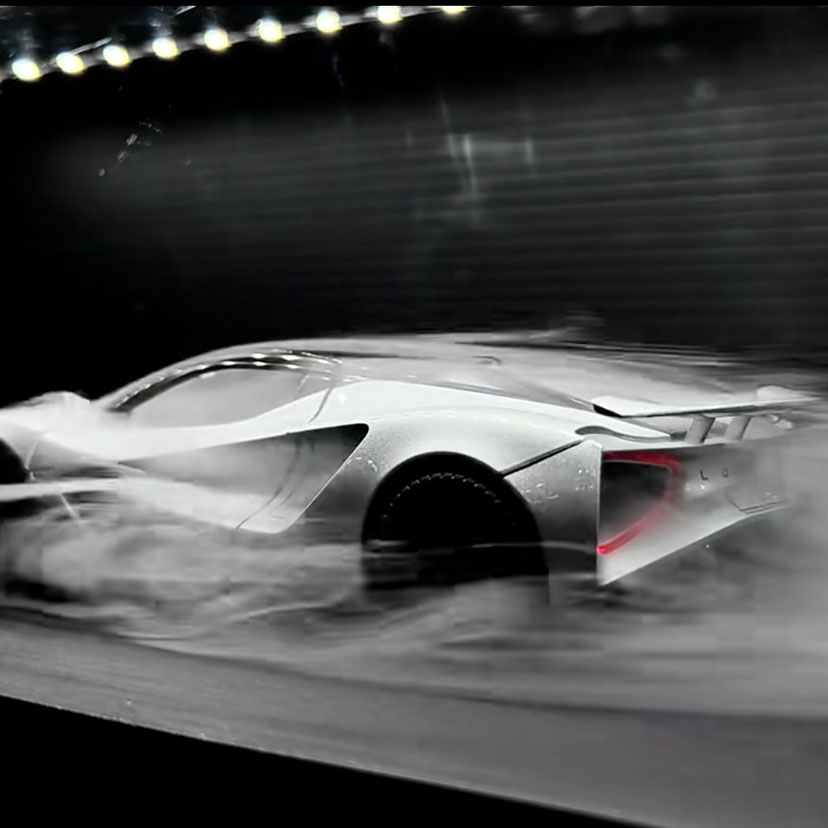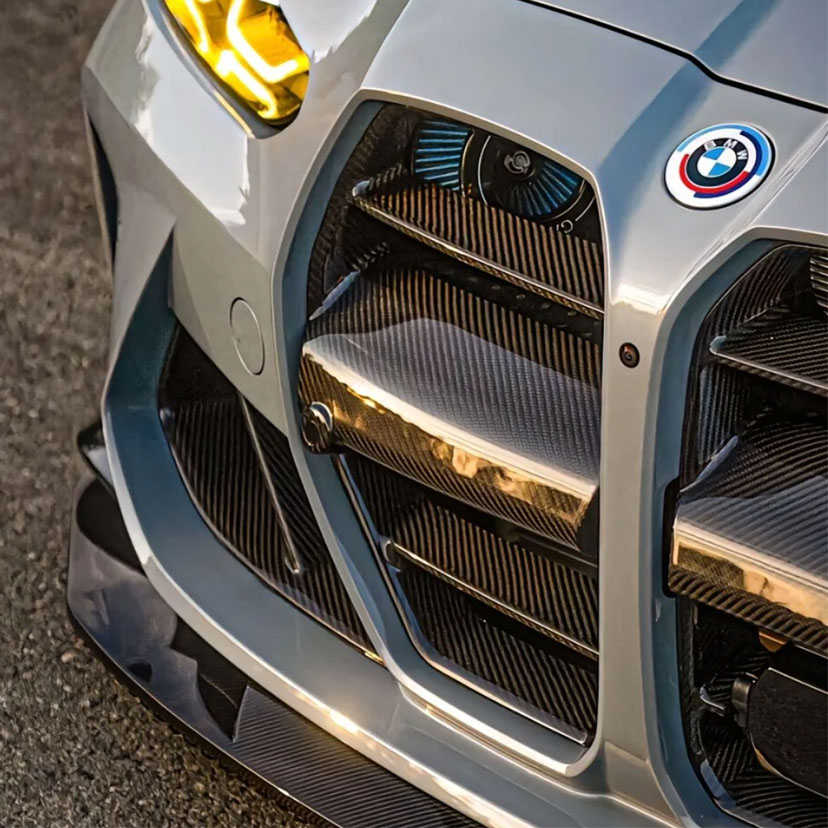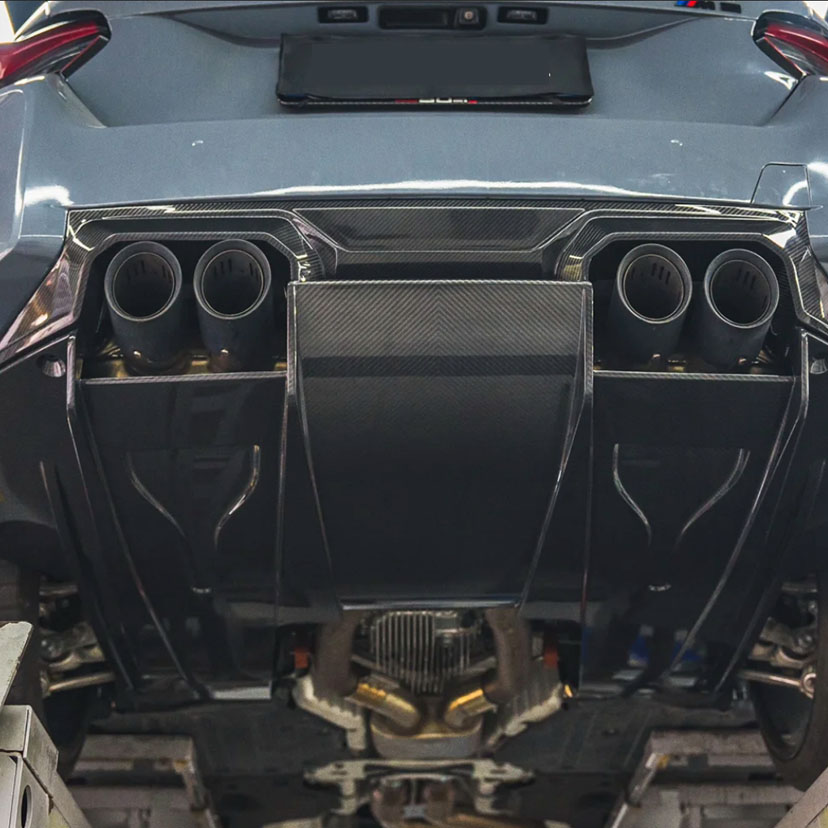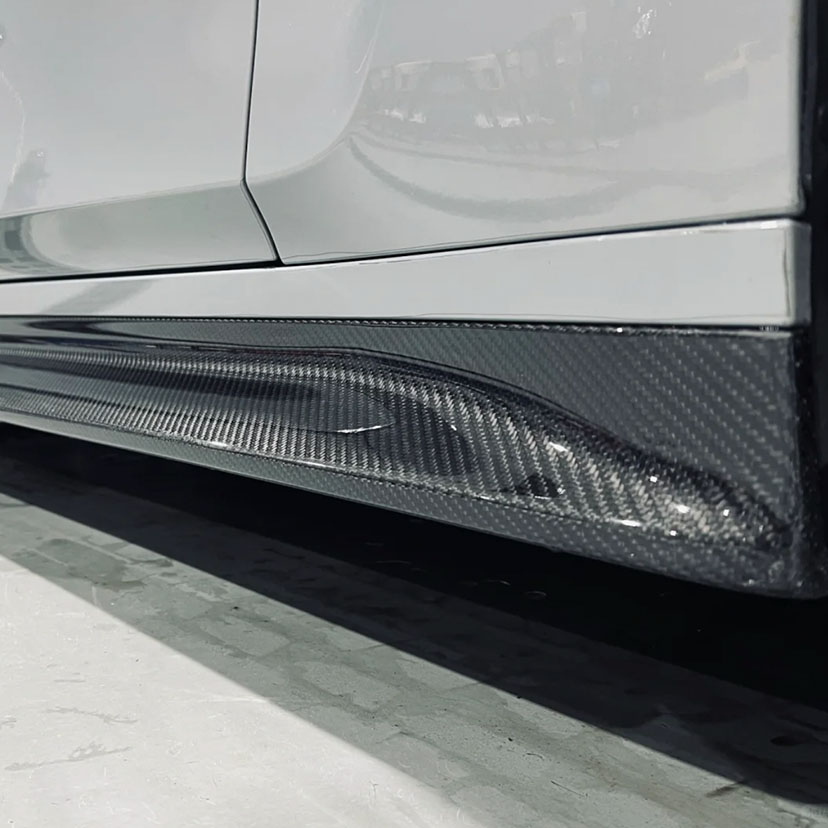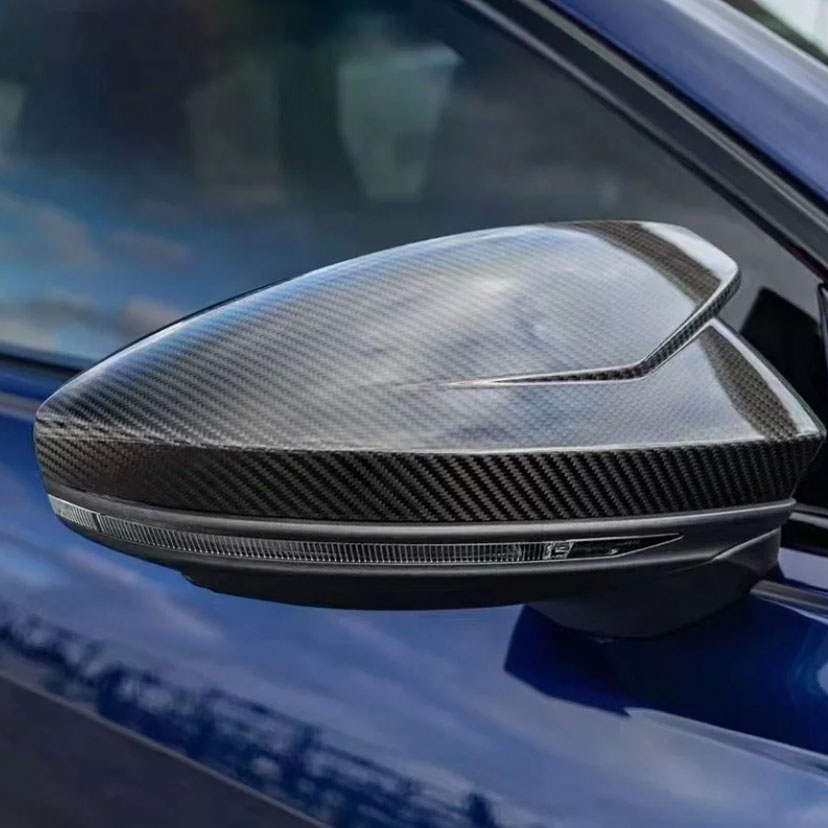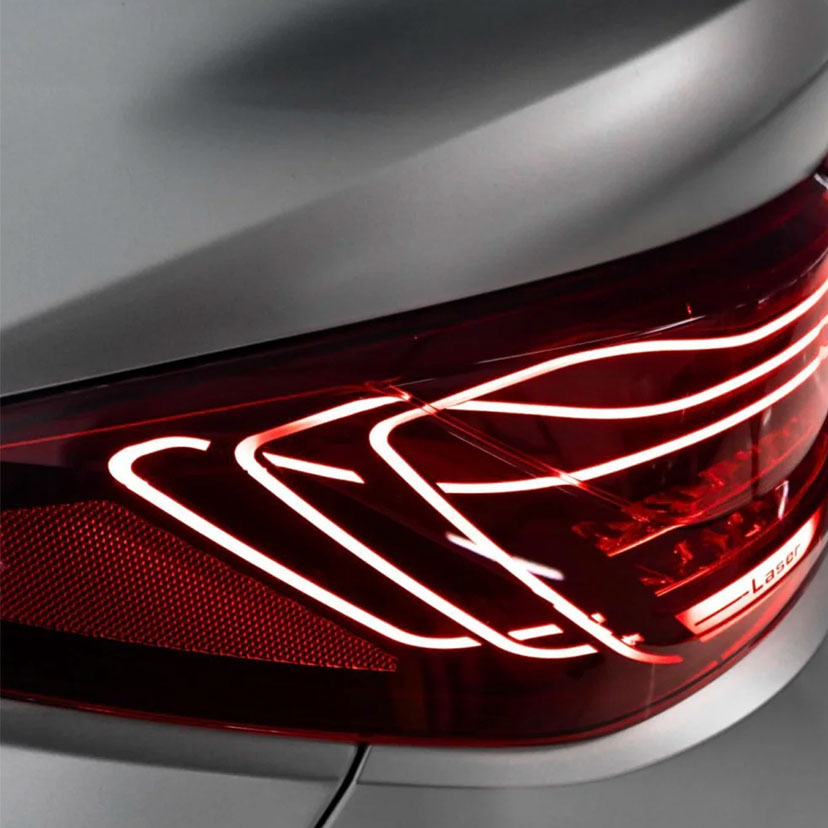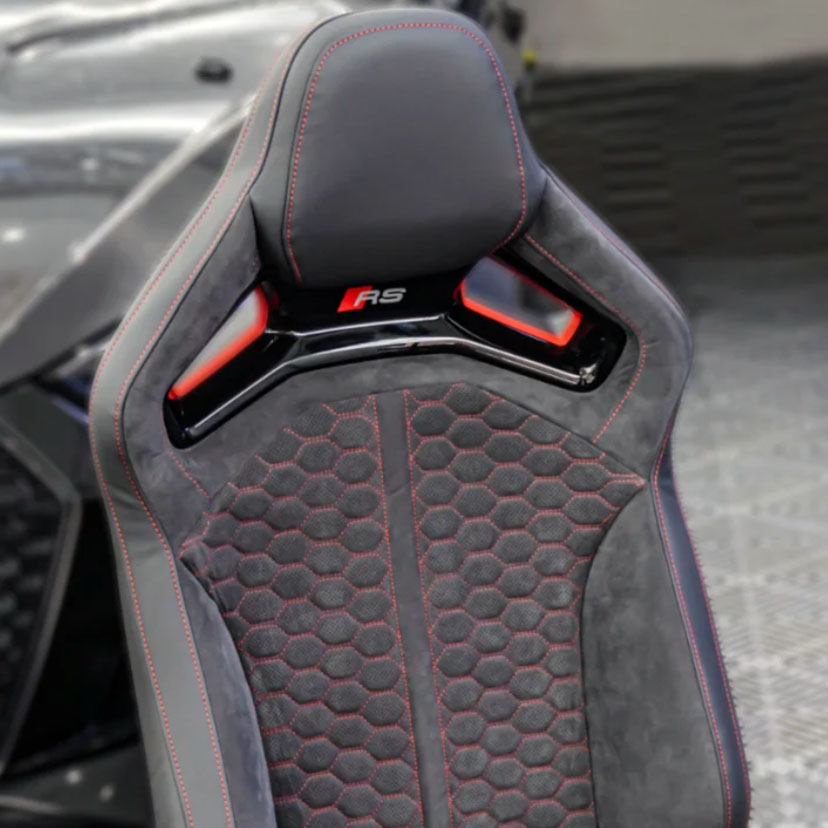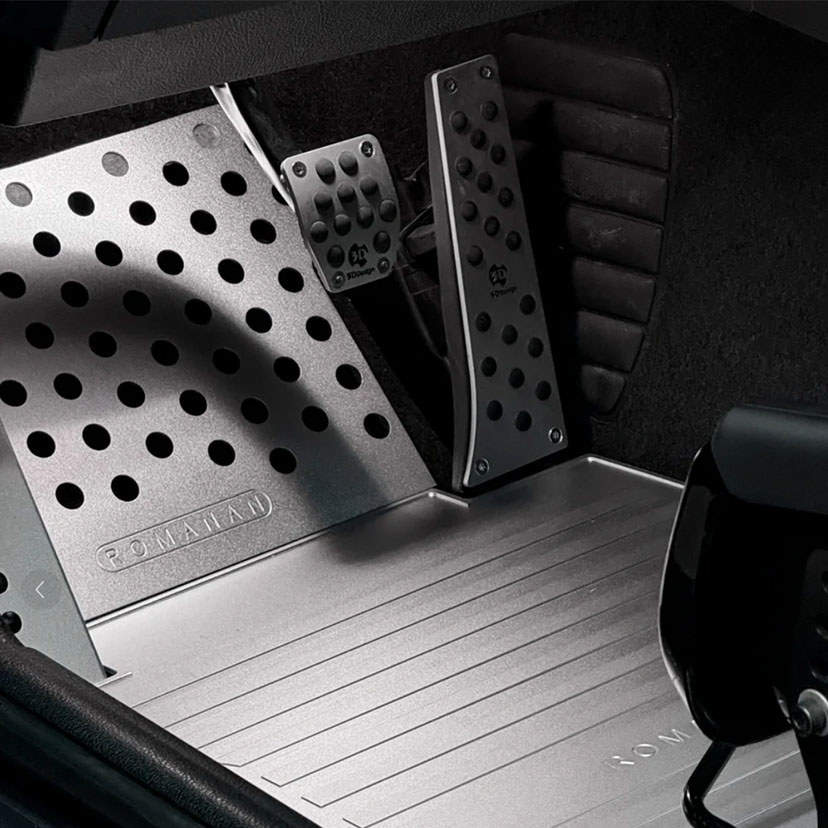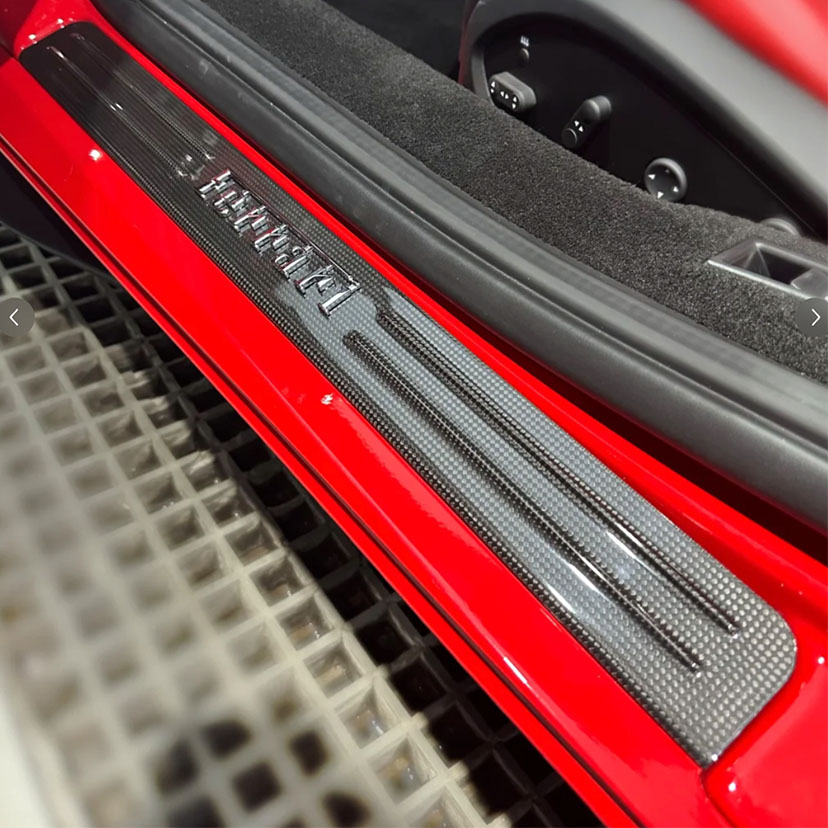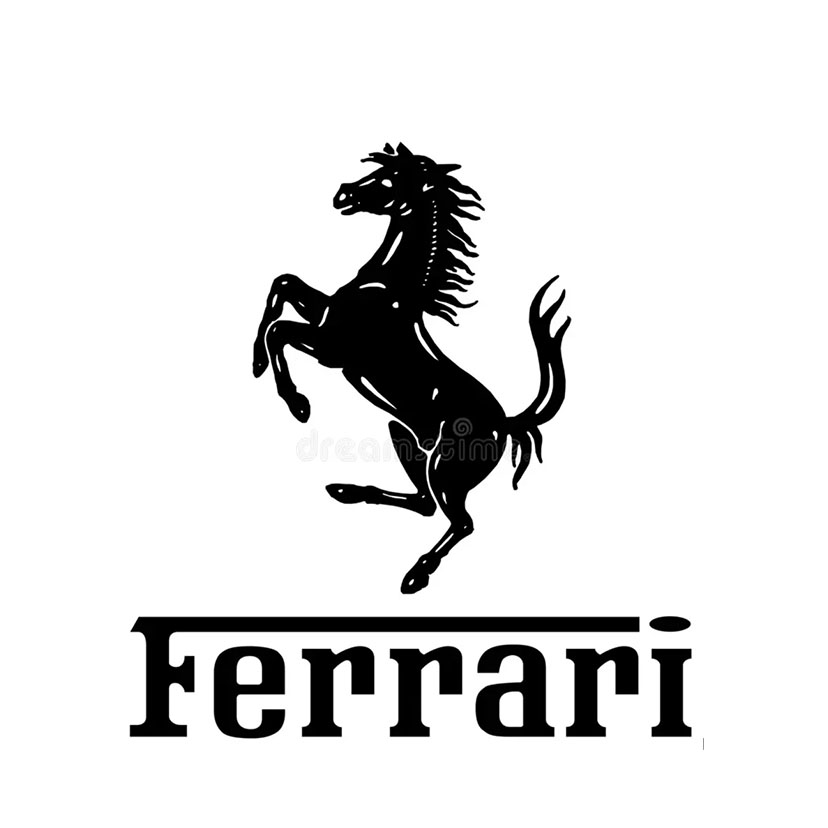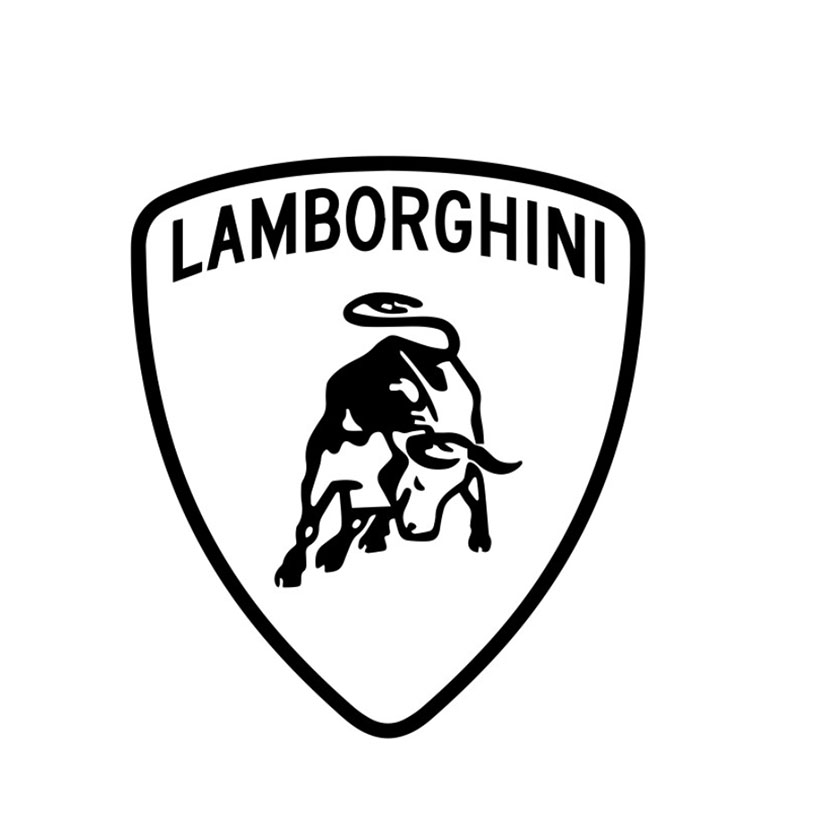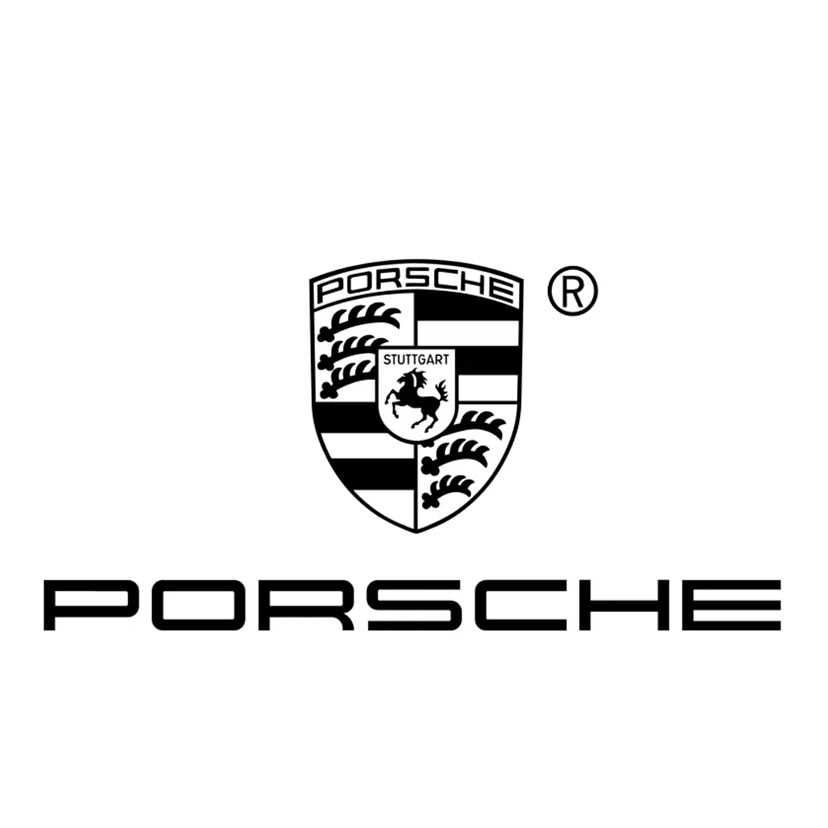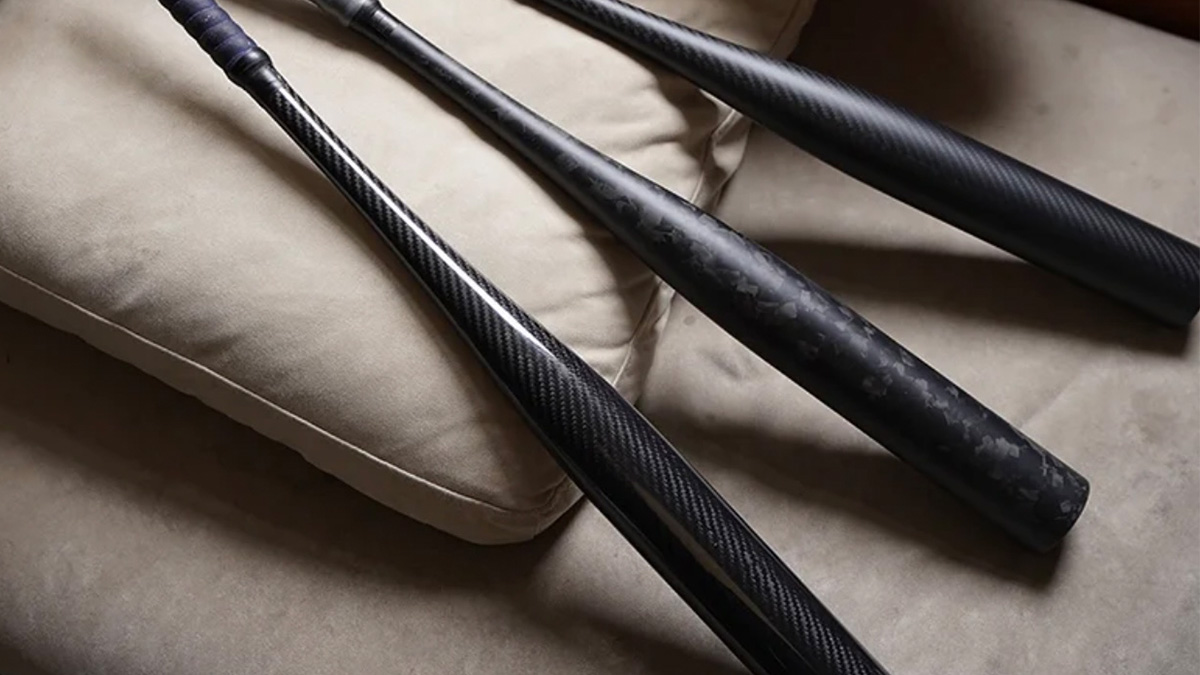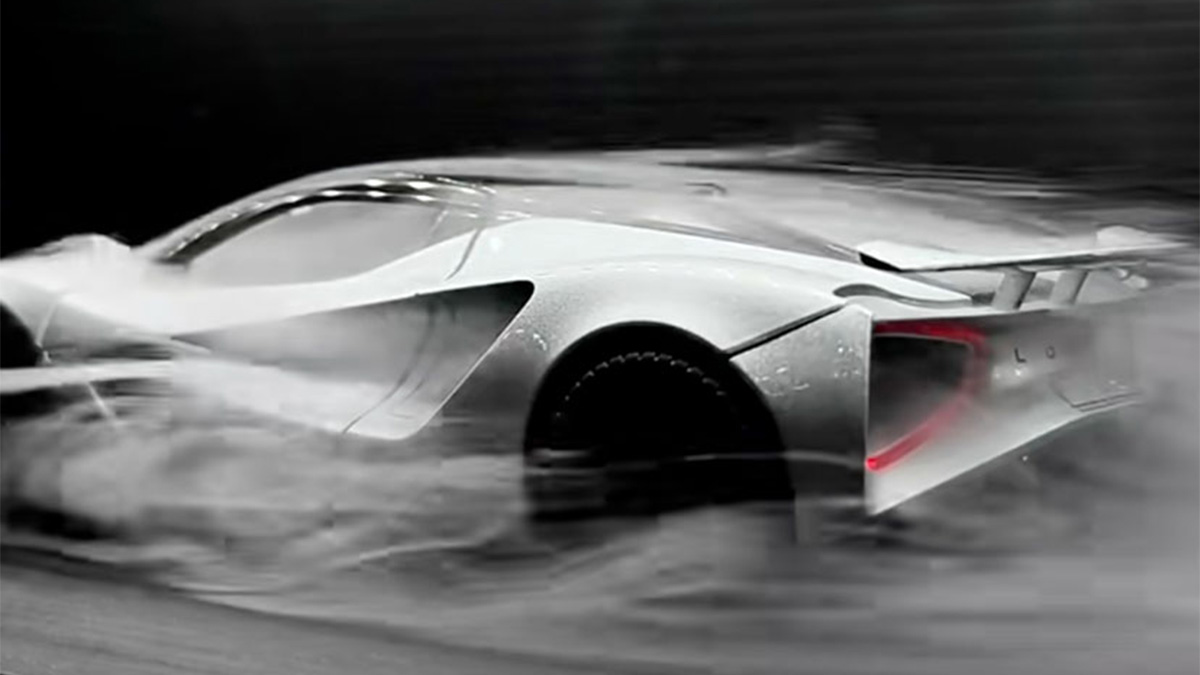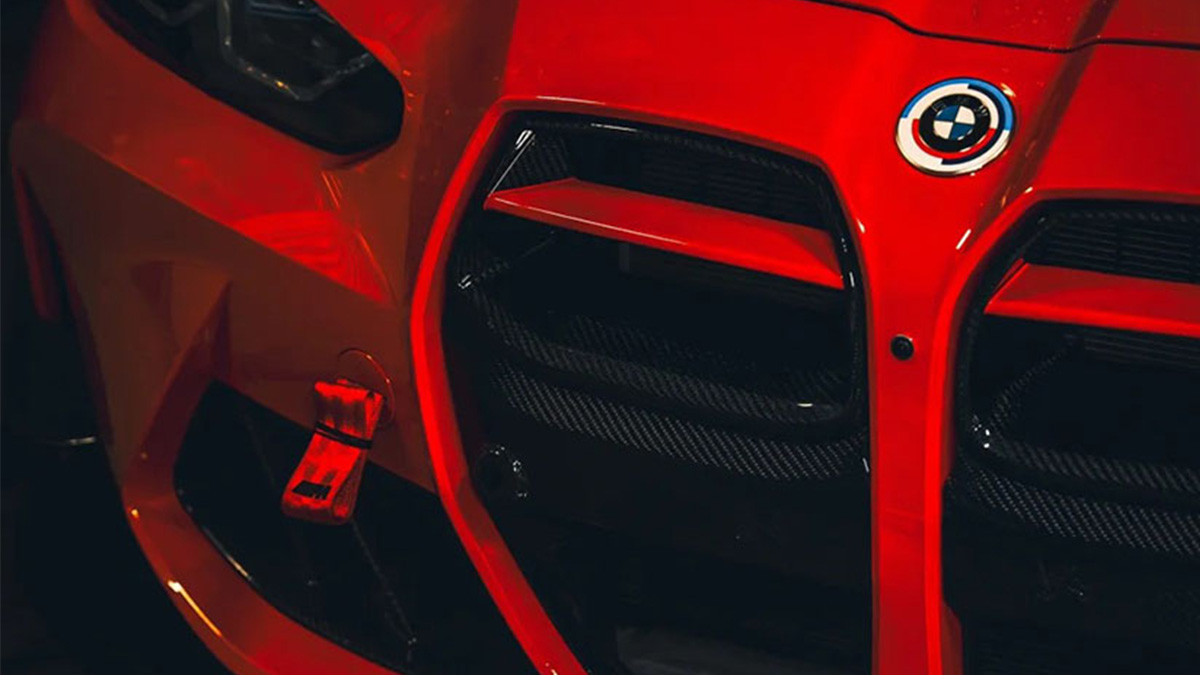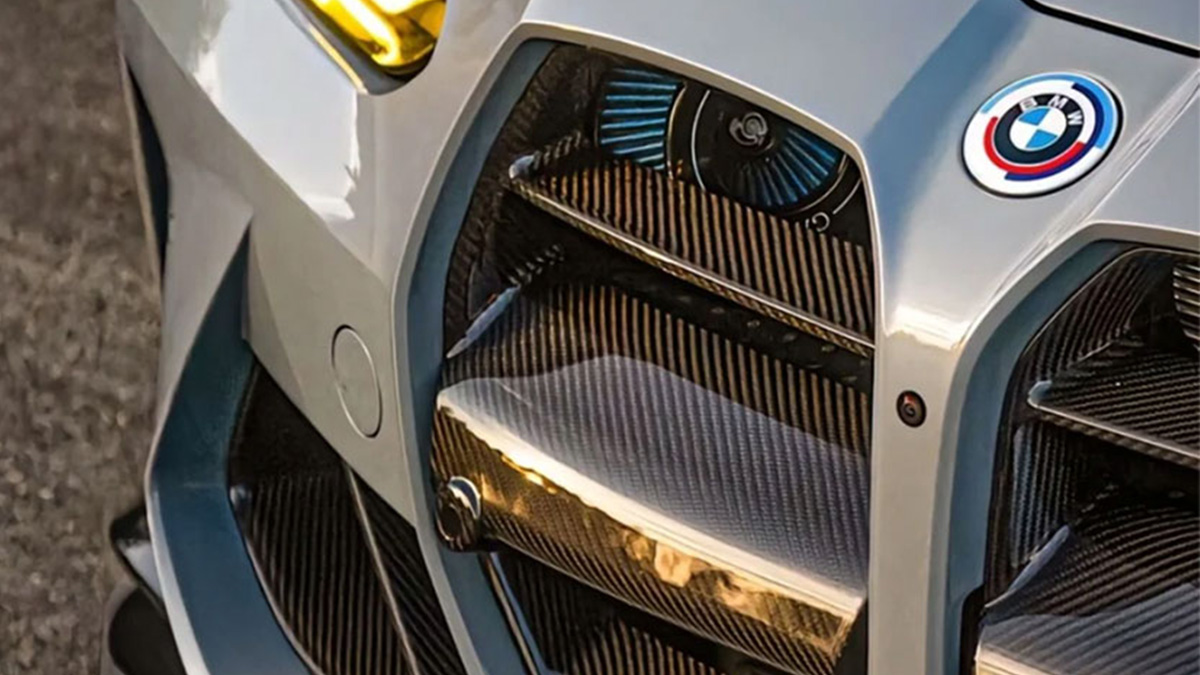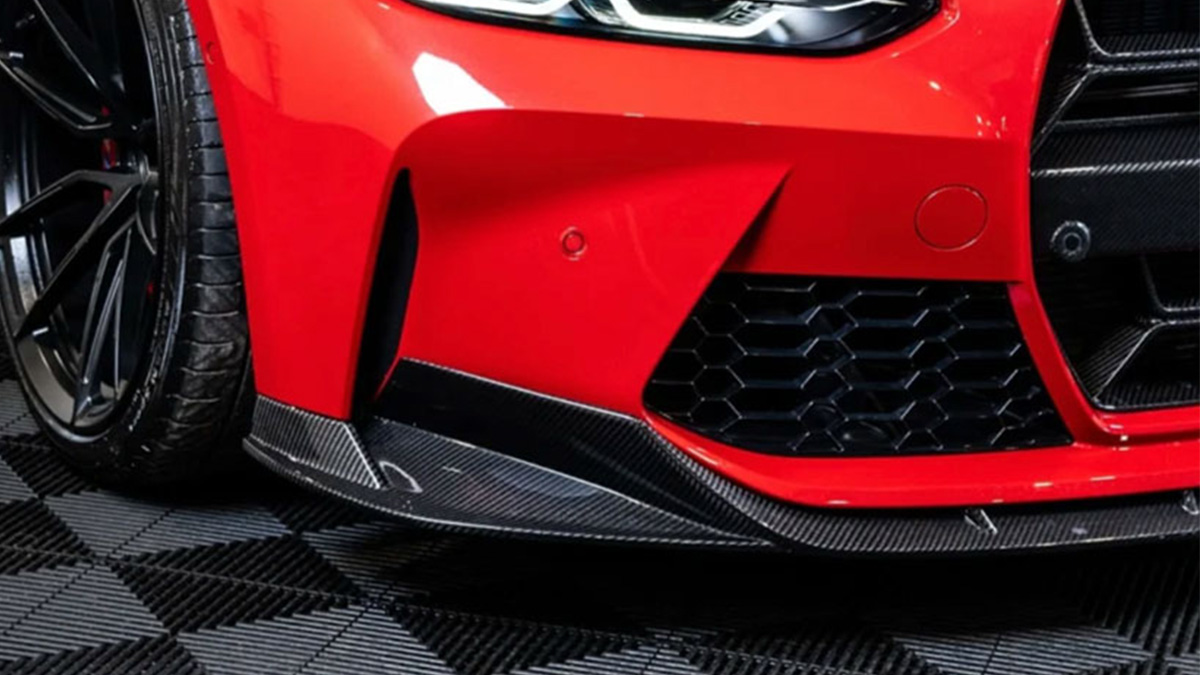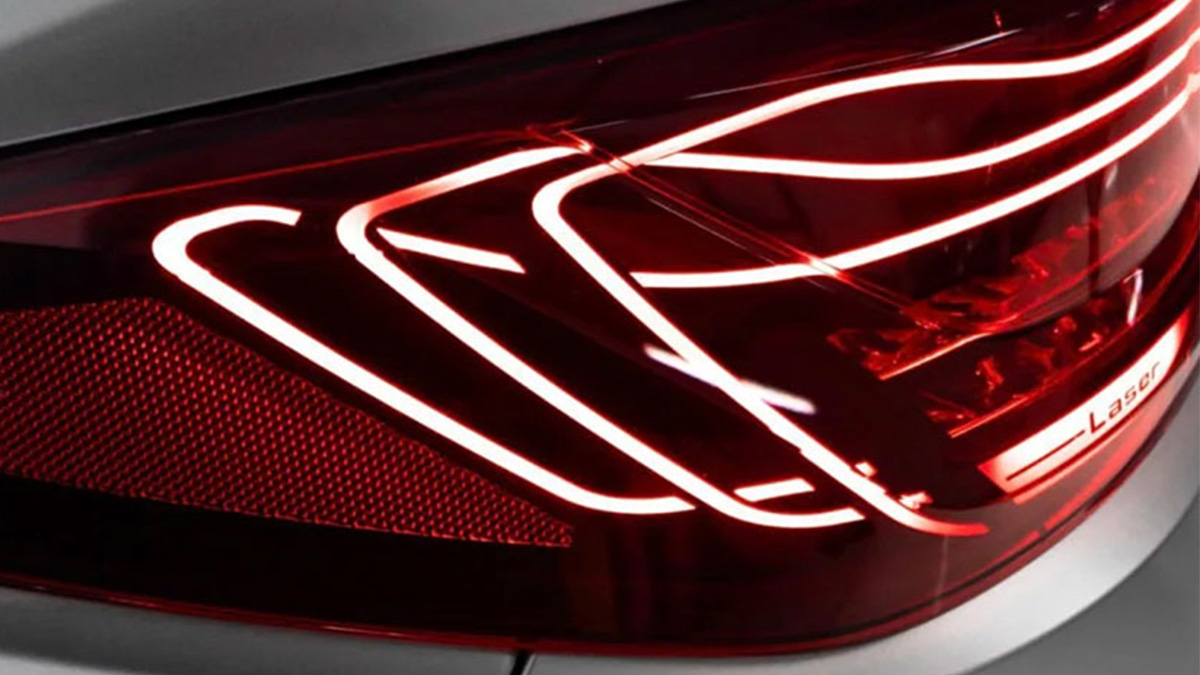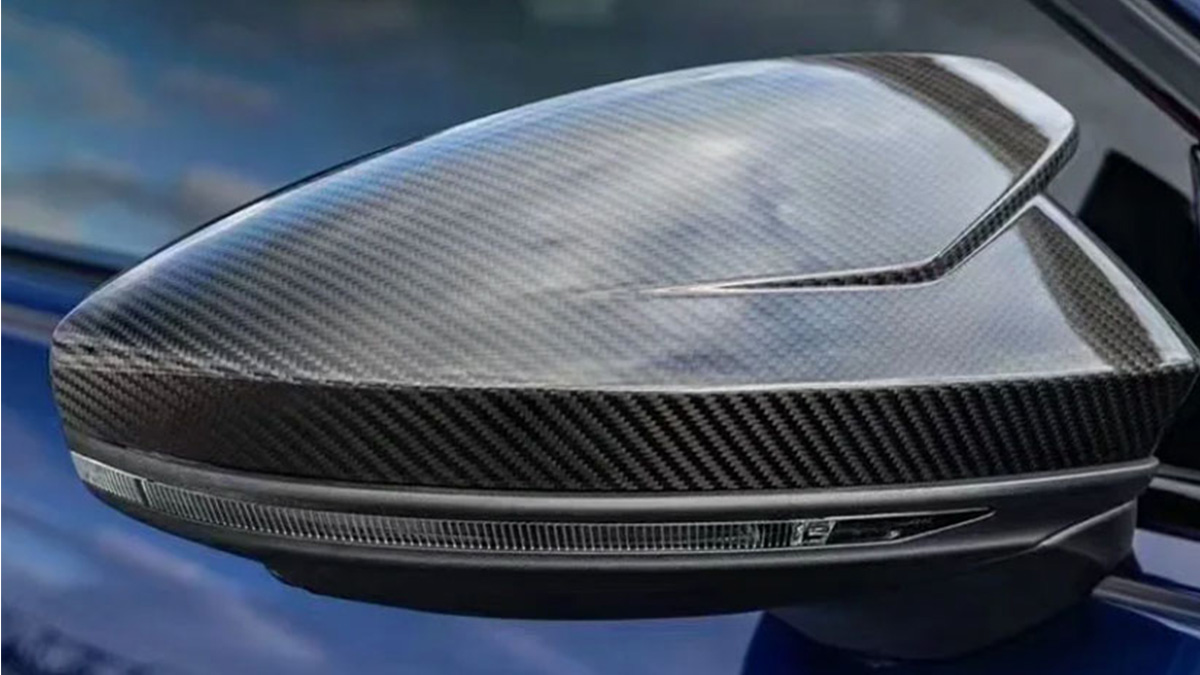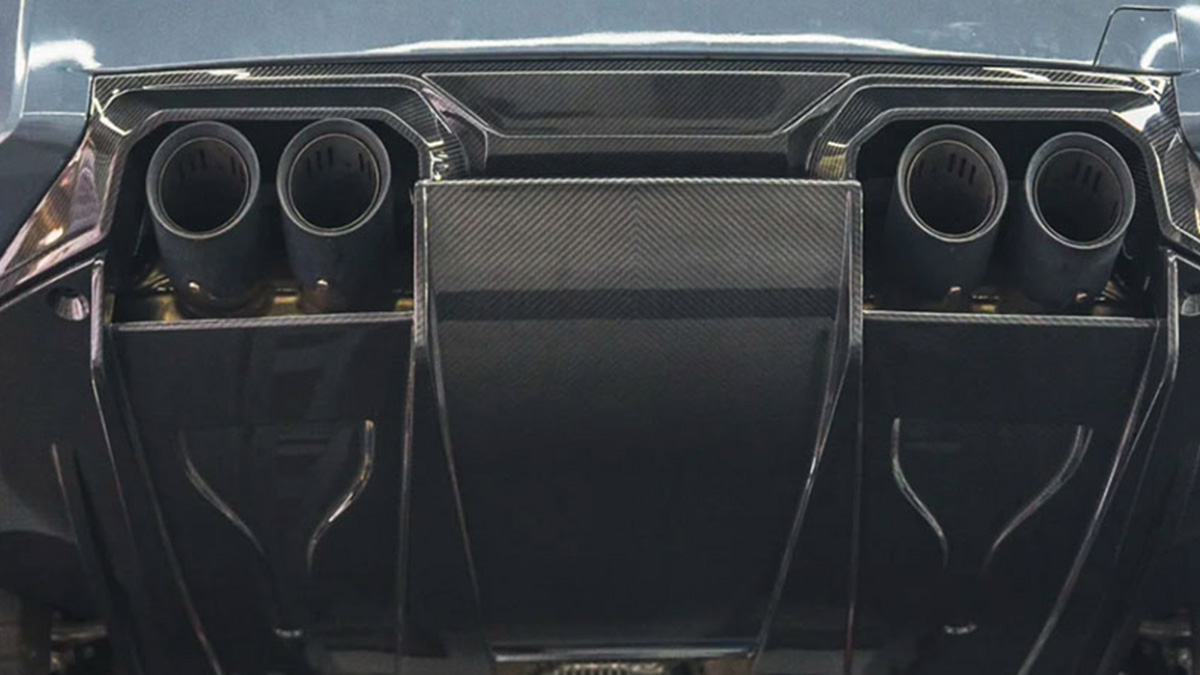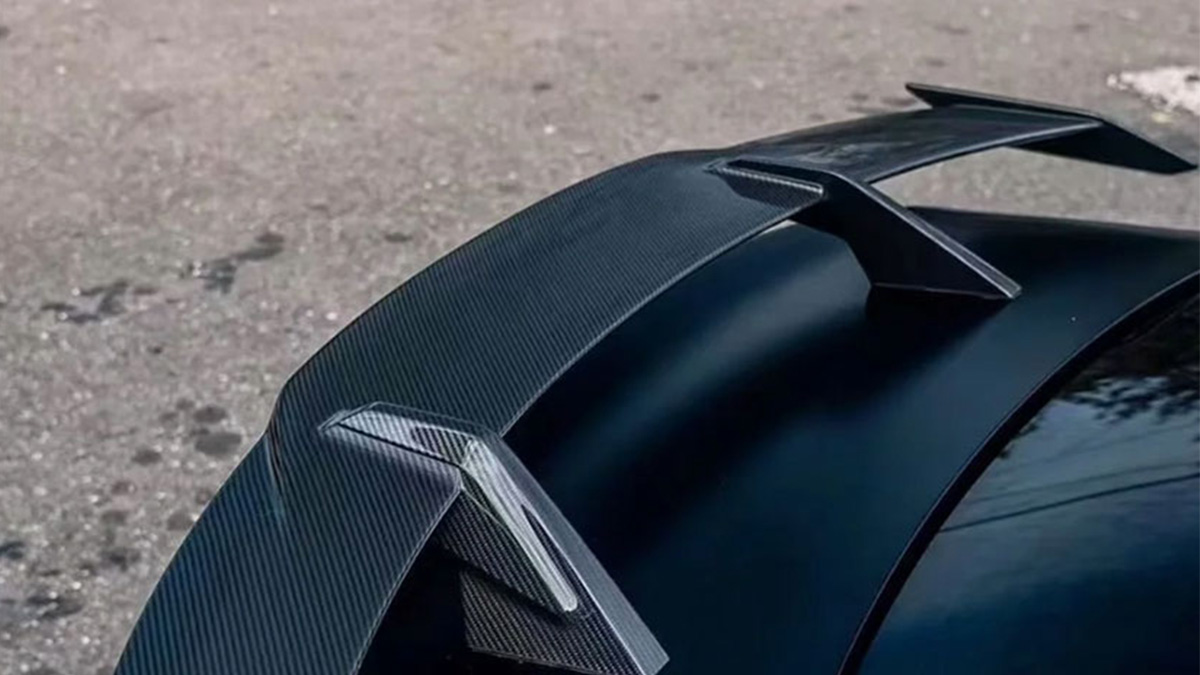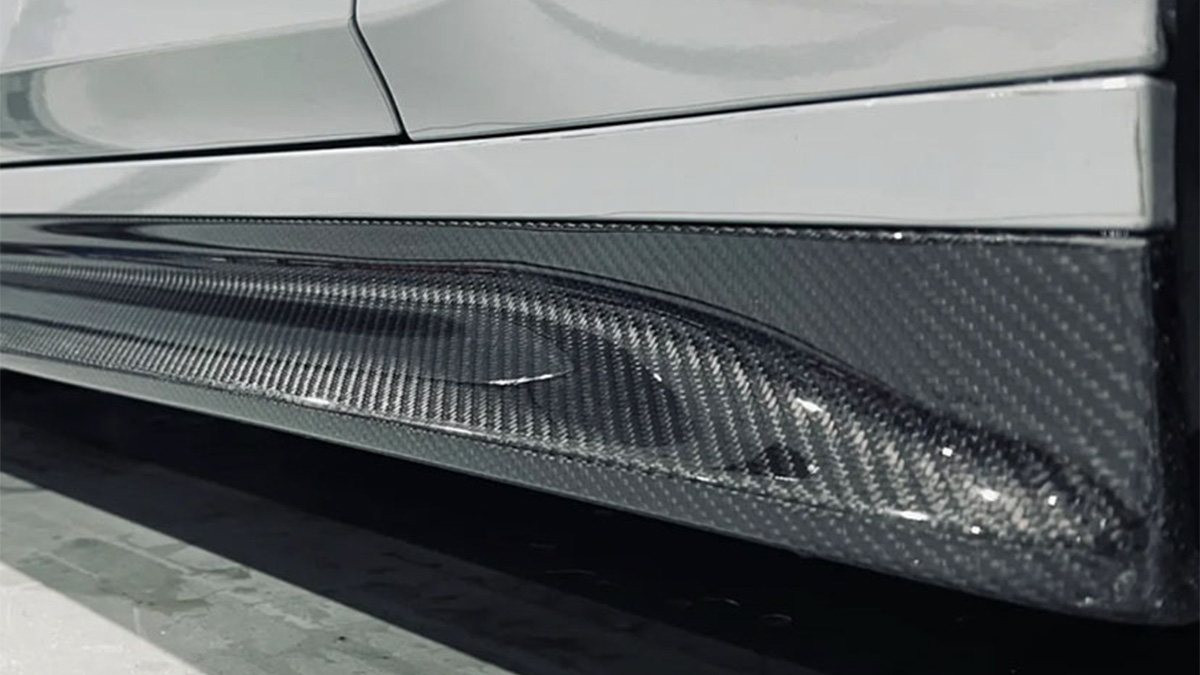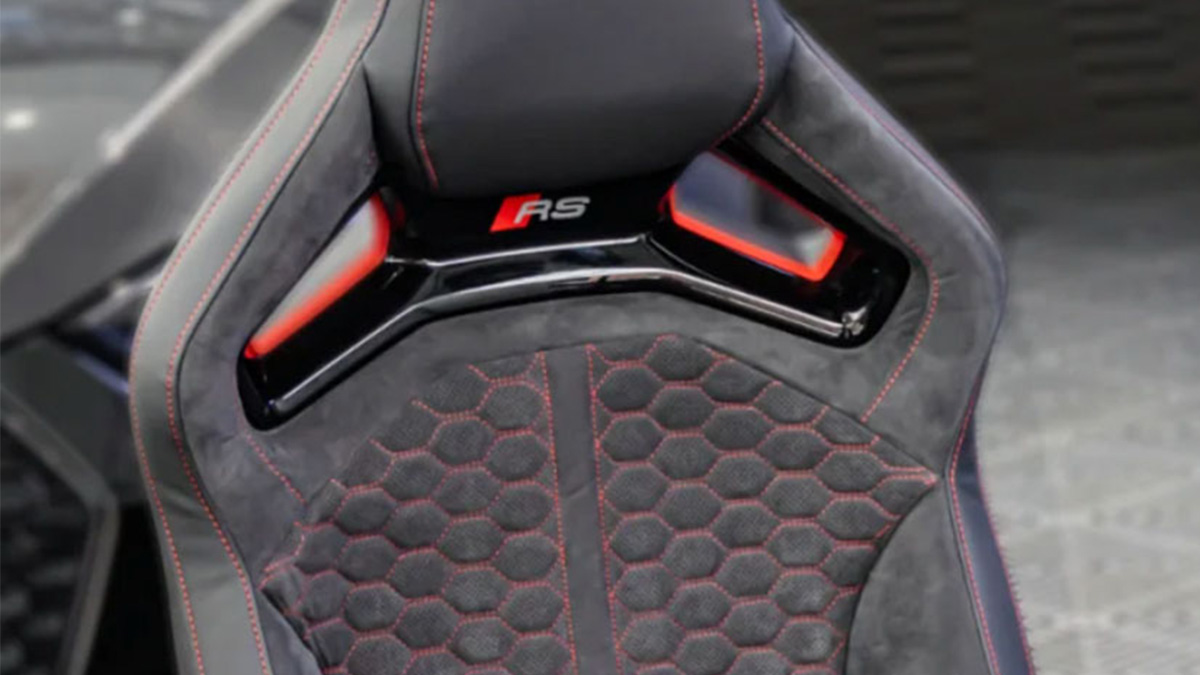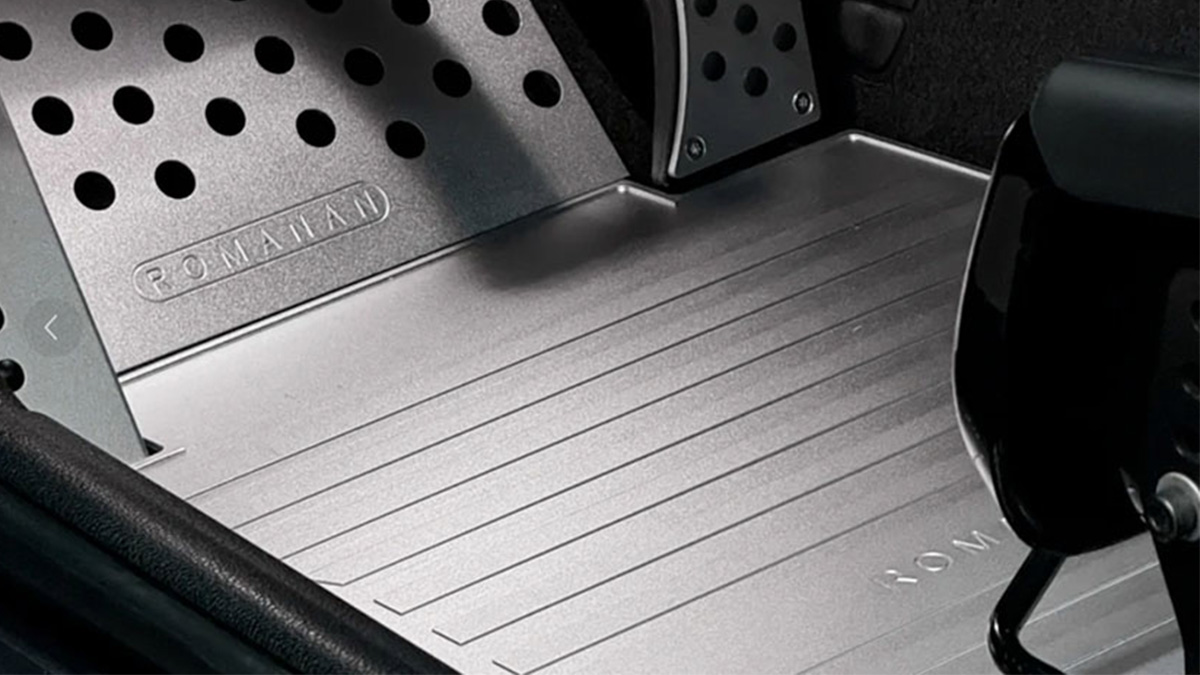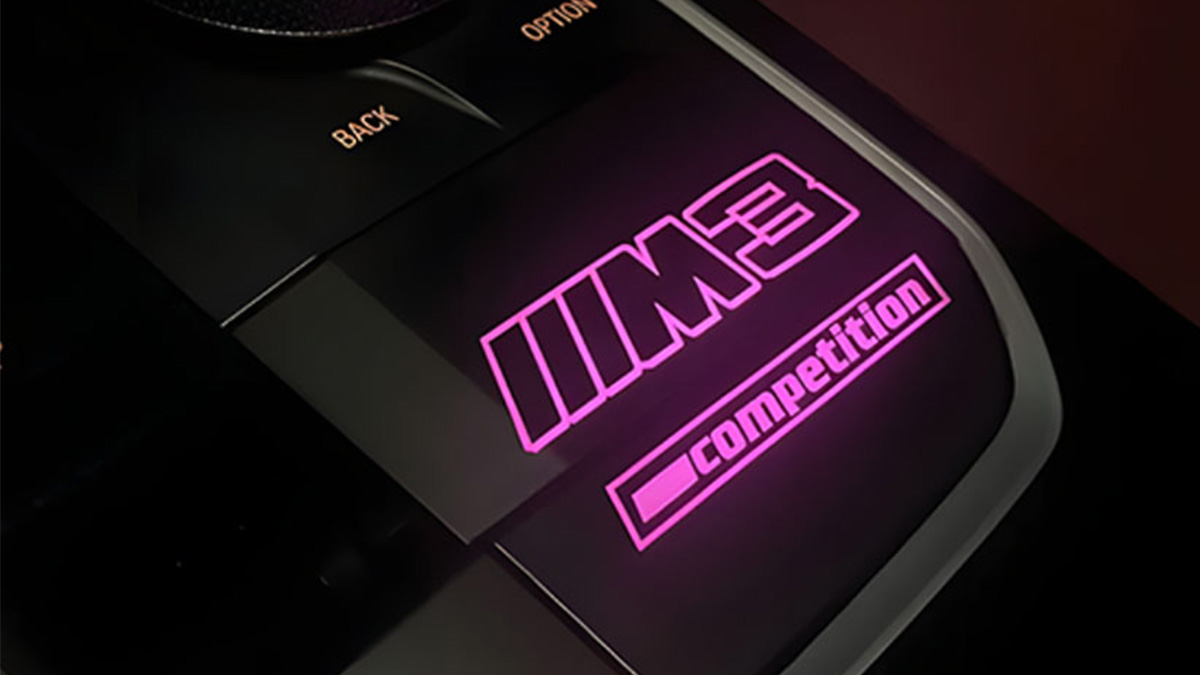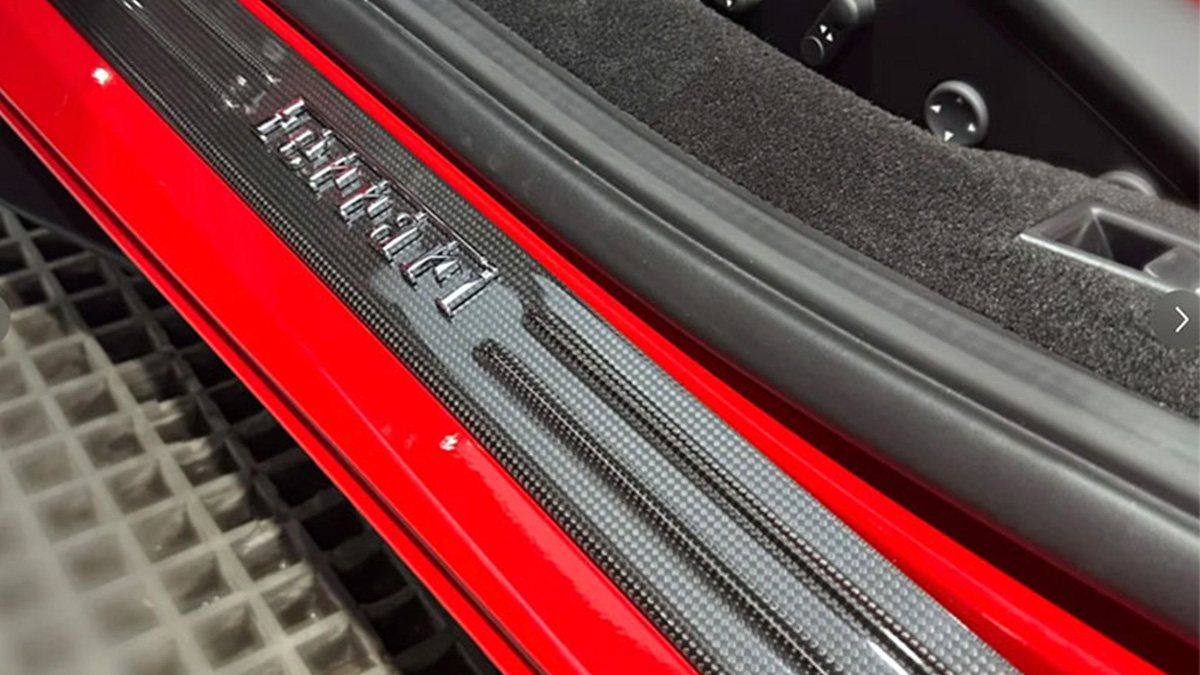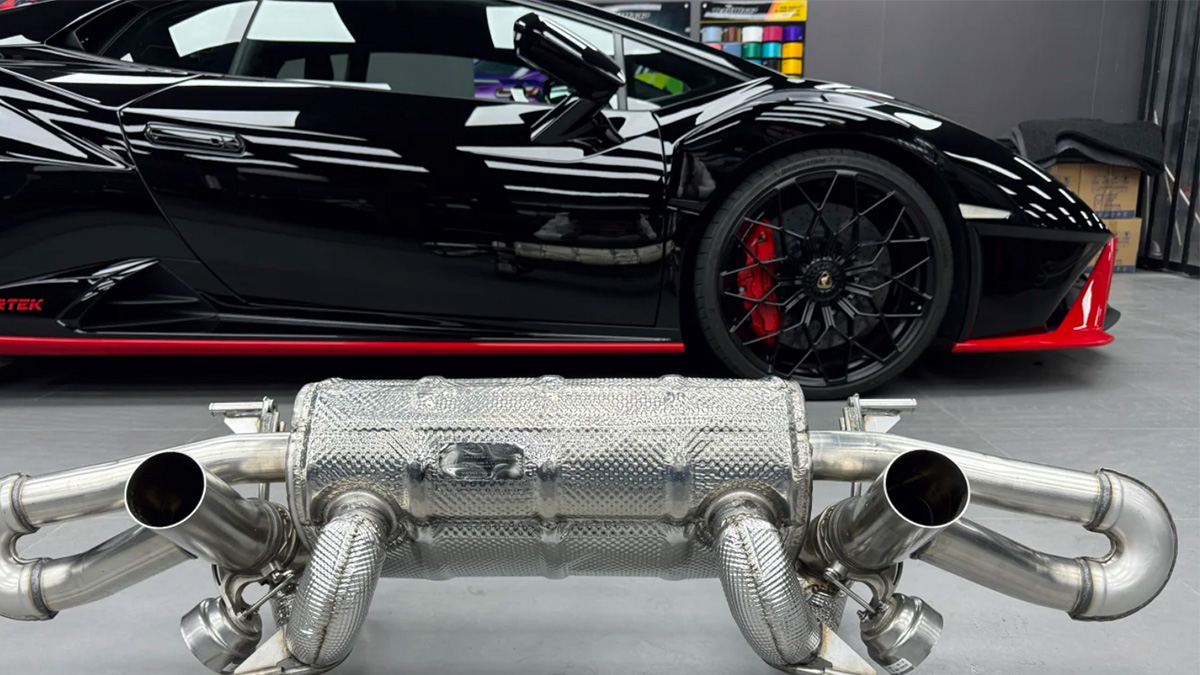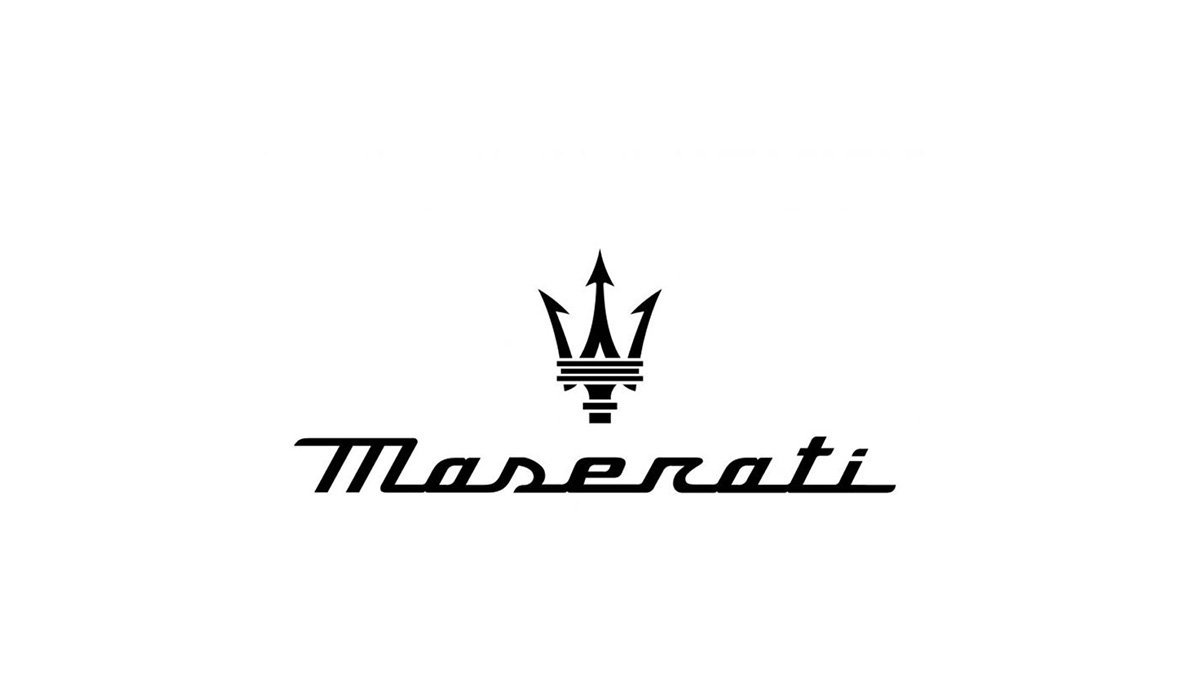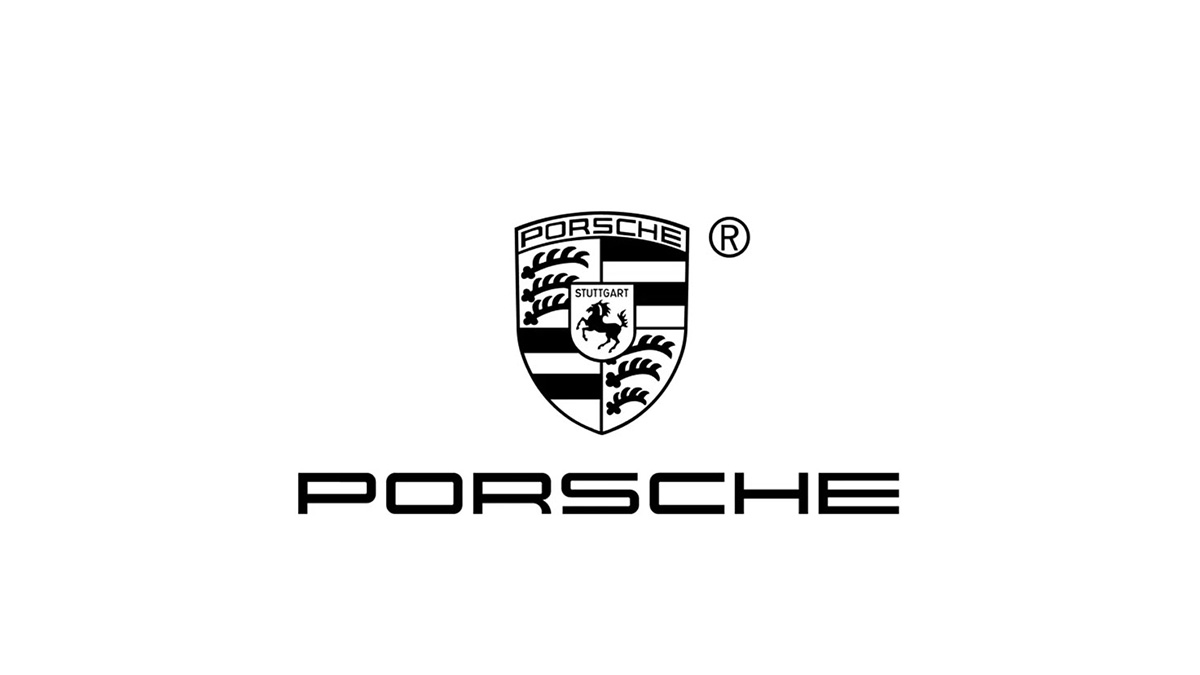From Past to Present: The Porsche 911 Turbo S 992
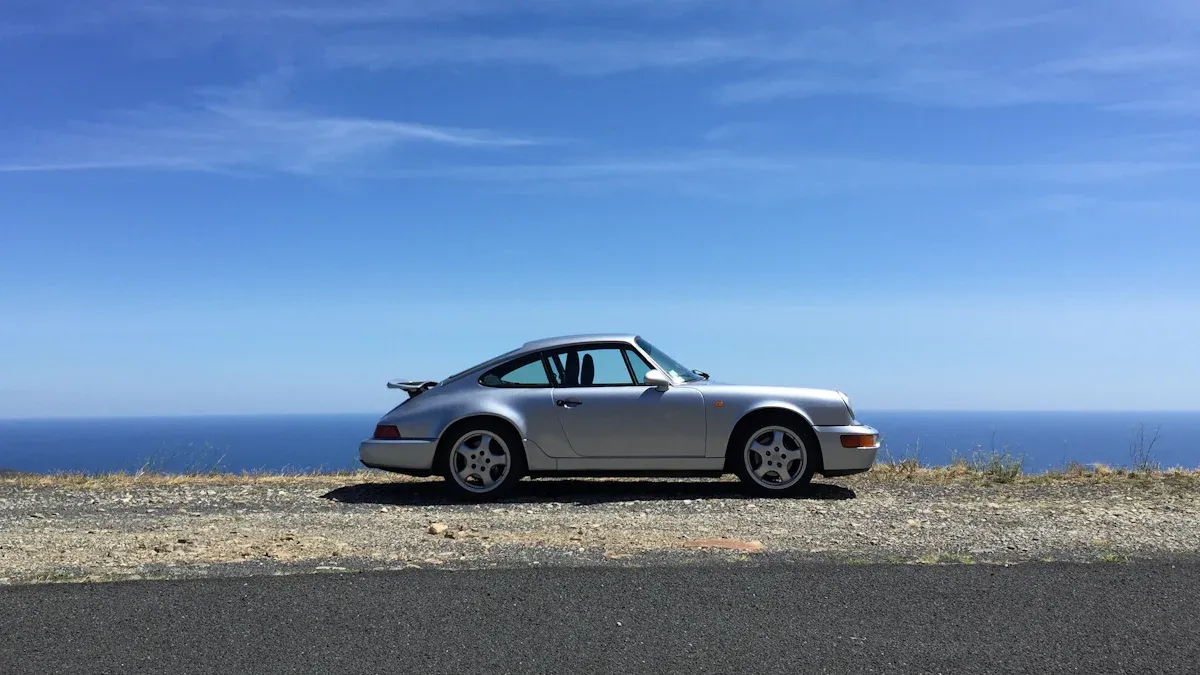
For nearly five decades, the Porsche 911 Turbo S has defined what it means to be a performance icon. You can trace its evolution through groundbreaking milestones, from the 993 generation’s twin-turbocharging to the 992 Turbo S’s astonishing 641 horsepower. Each generation reflects Porsche’s relentless pursuit of engineering excellence. The turbocharged 3.7-liter engine in the Turbo S 992 delivers blistering acceleration, reaching 0-60 mph in just 2.2 seconds. This car blends cutting-edge technology with timeless design, making it the ultimate expression of the evolution of Porsche’s engineering mastery.
Principaux enseignements
The Porsche 911 Turbo S has changed a lot over 50 years, always improving its speed and style.
The 930 Turbo was the first 911 with a turbo engine. It became famous for its ‘whale tail’ spoiler, which helped it go faster.
Each new version, from the 964 to the 992, added better features like all-wheel drive, twin-turbo engines, and smarter aerodynamics.
The newest Turbo S 992 has a strong 3.7-liter twin-turbo engine. It makes 641 horsepower and goes from 0-60 mph in 2.6 seconds.
Porsche works hard to make the 911 Turbo S one of the best sports cars, mixing new technology with its classic look.
The Origins of the Porsche 911 Turbo
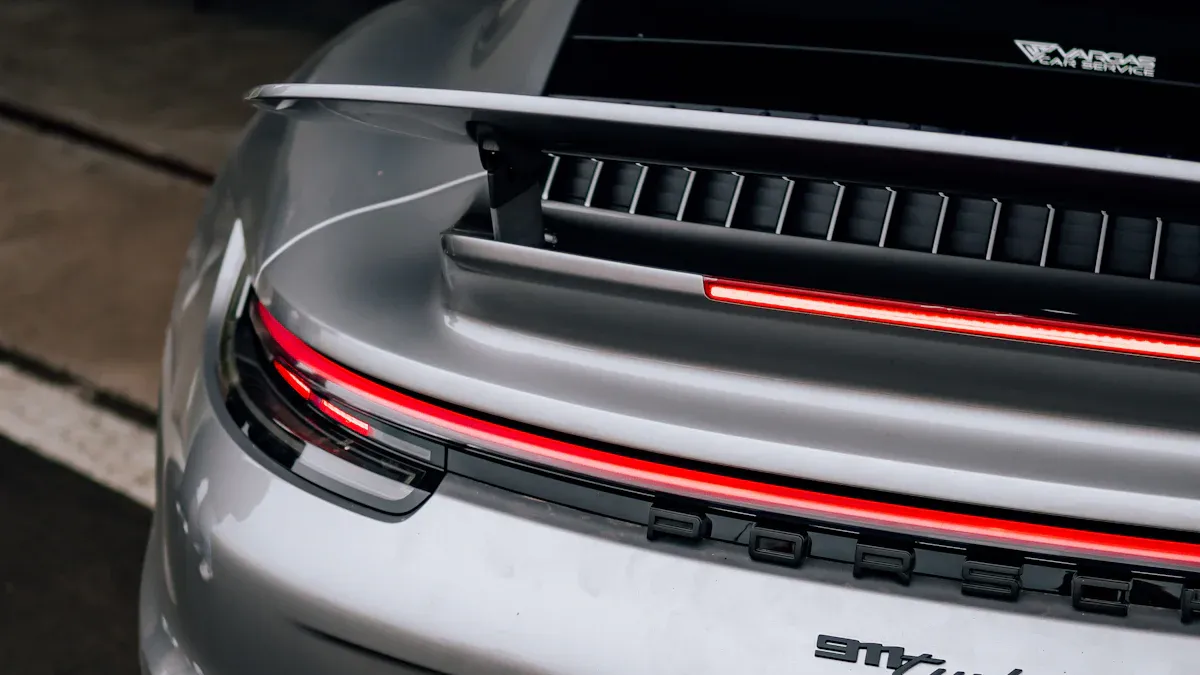
The 930 Turbo: A Game-Changer
Turbocharging and the debut of the 930 in the 1970s.
The Porsche 911 Turbo made its debut in the 1970s with the groundbreaking 930 Turbo. This car introduced turbocharging to the 911 lineup, revolutionizing how you experienced speed and power. At its heart was a 3.0-liter turbocharged engine producing 260 bhp, a remarkable figure for its time. Porsche paired this engine with a new 4-speed gearbox, ensuring the car could handle the immense power effectively.
The 930 Turbo also featured an exhaust-gas turbocharger, a technology that enhanced performance by utilizing exhaust gases to boost engine output. This innovation allowed the car to deliver thrilling acceleration and top speeds that set it apart from competitors.
To complement its mechanical prowess, the 930 Turbo came with a wide body design and a distinctive “whale tail” rear spoiler. This spoiler wasn’t just for show; it improved aerodynamics and provided better stability at high speeds. Porsche also equipped the car with cross-drilled and ventilated brake discs, borrowed from the legendary 917 race car, ensuring you could stop as confidently as you could accelerate.
Fonctionnalité | Description |
|---|---|
Moteur | 3.0-liter Turbo with 260 bhp |
Turbocharger | Exhaust-gas turbocharger for enhanced performance |
Gearbox | New 4-speed gearbox |
Body Design | Wide body with a distinctive whaletail rear spoiler |
Brake System | Cross-drilled and ventilated discs from the 917 |
The “whale tail” spoiler and its iconic design.
The “whale tail” spoiler became one of the most recognizable features of the 930 Turbo. Its bold design not only gave the car a unique look but also served a functional purpose. By increasing downforce, the spoiler helped keep the rear wheels planted on the road, especially during high-speed driving. This feature became a hallmark of the Porsche 911 Turbo, symbolizing both style and engineering brilliance.
Establishing the 911 Turbo Legacy
The 930’s impact on performance and automotive culture.
The 930 Turbo didn’t just redefine the Porsche 911; it reshaped the entire sports car market. Its turbocharged engine and innovative design set new benchmarks for performance. You could feel the car’s raw power every time you pressed the accelerator. The 930 Turbo also brought turbocharging into the mainstream, influencing other manufacturers to adopt similar technologies.
Beyond its technical achievements, the 930 Turbo became a cultural icon. It represented the perfect blend of luxury and performance, appealing to enthusiasts and collectors alike. Even today, the 930 Turbo holds a special place in the hearts of Porsche fans, serving as the foundation for the enduring legacy of the Porsche 911 Turbo.
Air-Cooled Innovations: The 964 and 993 Generations
The 964 Turbo: A Leap Forward
Introduction of all-wheel drive and improved aerodynamics.
The 964 Turbo marked a significant step forward in the evolution of the Porsche 911 Turbo. You could immediately notice its refined design, which introduced smoother lines and improved aerodynamics. These changes not only enhanced the car’s appearance but also improved its stability at high speeds.
One of the most notable advancements in the 964 Turbo was the introduction of an all-wheel-drive system. This feature gave you better control and traction, especially in challenging driving conditions. It allowed the car to deliver its turbocharged power more effectively, making it a more versatile sports car.
Under the hood, the 964 Turbo featured a 3.3-liter turbocharged engine that produced 320 horsepower. This engine provided exhilarating acceleration and a top speed that could rival any competitor of its time. Porsche also equipped the car with upgraded suspension and braking systems, ensuring that you could handle its power with confidence.
The 993 Turbo: The End of an Era
Transition to twin-turbocharging and the last air-cooled engine.
The 993 Turbo represented the pinnacle of the air-cooled era. It introduced twin-turbocharging to the 911 lineup, significantly boosting its performance. The 3.6-liter flat-six engine produced 400 horsepower, allowing you to accelerate from 0-60 mph in just 3.7 seconds. The all-wheel-drive system further enhanced handling, making the car feel planted and responsive.
This generation also brought several firsts to the 911 Turbo. It was one of the first production cars to feature an OBDII diagnostics system, showcasing Porsche’s commitment to innovation. The Turbo S variant took things even further, offering 450 PS, luxury upgrades, and a carbon-fiber interior.
Fonctionnalité | Description |
|---|---|
Moteur | Twin-turbocharged 3.6-liter flat-six engine |
Transmission | All-wheel-drive system |
Freins | Larger brakes than the base Carrera model |
Diagnostics | First production car with OBDII diagnostics system |
Turbo S Variant | Enhanced performance with 450 PS, carbon-fiber interior, and luxury upgrades |
The 993 Turbo marked the end of an era, as it was the last 911 Turbo to feature an air-cooled engine. Its blend of cutting-edge technology and classic engineering made it a true icon in the Porsche lineup.
The Water-Cooled Era: The 996 and 997 Generations
The 996 Turbo: A Controversial Shift
Water-cooled engines and their impact on performance.
The 996 Turbo marked a significant departure from tradition by introducing water-cooled engines to the 911 lineup. This change improved efficiency and power output compared to the air-cooled engines of earlier generations. Stricter noise and emission regulations played a major role in this shift, as water cooling allowed Porsche to meet modern standards. You also benefited from better temperature management, which enhanced overall performance during spirited driving.
However, the transition to water cooling wasn’t without controversy. The 996.1 model faced criticism for issues like IMS bearing failures, which could lead to catastrophic engine damage. The 996.2 model addressed some concerns but introduced problems with cylinder bores due to modified cooling. While Porsche resolved the RMS issue, it required retrofitting in some cases. Despite these challenges, the 996 Turbo delivered impressive performance, setting a new benchmark for the 911 Turbo series.
Advantages of the water-cooled engine:
Improved power output and efficiency.
Better compliance with noise and emission regulations.
Enhanced temperature management for consistent performance.
Common issues with the 996 Turbo:
IMS bearing failures in the 996.1 model.
Cylinder bore problems in the 996.2 model.
Retrofitting required for RMS issues.
The 997 Turbo: Balancing Tradition and Innovation
Variable turbine geometry (VTG) and enhanced usability.
The 997 Turbo built on the foundation of the 996 while addressing its shortcomings. One of its standout features was the introduction of variable turbine geometry (VTG) technology. This innovation optimized power delivery across the RPM range, giving you better low-end torque and exceptional performance at higher RPMs. The system also enhanced drivability, making the 997 Turbo a joy to experience in various conditions.
VTG technology wasn’t entirely new, but Porsche refined it for automotive use. It allowed the 997 Turbo to achieve a balance between power and usability. You could enjoy increased power output without sacrificing everyday practicality. While the complexity of the system added weight and limited modification potential, it contributed to a more refined driving experience.
Benefits of VTG technology:
Improved efficiency and power delivery across the RPM range.
Enhanced low-end torque and high-RPM performance.
Increased power output while maintaining drivability.
The 997 Turbo represented a harmonious blend of tradition and innovation. It retained the essence of the 911 Turbo while incorporating cutting-edge technology to elevate your driving experience.
Modern Marvels: The 991 and 992 Generations

The 991 Turbo: Redefining Performance
Active aerodynamics and cutting-edge technology.
The 991 Turbo introduced a new era of innovation, redefining what you could expect from a high-performance sports car. One of its standout features was the active aerodynamics system, which adjusted the car’s spoilers in three stages to optimize performance.
Stage | Description |
|---|---|
1 | Both spoilers remain retracted for everyday driving. |
2 | At 121 kph, spoilers partially extend to increase stability and reduce drag. |
3 | Fully extended spoilers enhance downforce for high-speed performance. |
This system allowed you to experience improved handling and stability, whether cruising on highways or pushing the car to its limits on the track.
The 991 Turbo also introduced several technological advancements that elevated its status as a performance benchmark. These included larger turbochargers, an enhanced fuel injection system, and a revamped Porsche Communication Management (PCM) system with touchscreen functionality. Safety features like Lane Change Assist and an optional PASM Sport suspension further enhanced usability and comfort.
Advancement | Description |
|---|---|
Turbochargers | Larger compressors for improved performance. |
Fuel Injection System | Enhanced efficiency and power delivery. |
Porsche Communication Management (PCM) | Intuitive touchscreen with advanced connectivity options. |
Caractéristiques de sécurité | Lane Change Assist and heated multifunction steering wheel. |
Chassis and Handling | Optional PASM Sport suspension for better handling and reduced ride height. |
The Turbo S 992: The Ultimate Evolution
The 3.7-liter twin-turbo engine and its power output.
The turbo s 992 takes performance to an entirely new level. Its 3.7-liter twin-turbo engine produces 641 horsepower and 590 lb-ft of torque, making it one of the most powerful 911 Turbos ever. You can accelerate from 0 to 60 mph in just 2.6 seconds, with a top speed of 205 mph. This engine represents a significant leap over the 991 Turbo S, which delivered 580 horsepower from a 3.8-liter engine.
Modèle | Engine Size | Power Output (hp) |
|---|---|---|
Turbo S 992 | 3.7L | 641 |
991 Turbo S | 3.8L | 580 |
Wider body, aluminum panels, and advanced handling features.
The turbo s 992 features a wider body, with the front widened by 1.8 inches and the rear by 0.78 inches. This design improves agility and enhances driving dynamics. Aluminum panels reduce weight while maintaining structural rigidity. The advanced suspension system, including a retuned PASM chassis and Porsche Traction Management, ensures precise handling and stability during spirited driving.
A blend of modern design and classic 911 aesthetics.
The turbo s 992 seamlessly combines modern design with classic 911 aesthetics. Wider air intakes, a larger rear wing, and redesigned side vents optimize airflow and cooling. These features not only enhance performance but also give the car a striking appearance. The wider rear fenders and extended rear wing improve cornering grip and high-speed balance, making the turbo s 992 a true masterpiece of engineering and design.
The Porsche 911 Turbo S stands as a symbol of continuous innovation, blending heritage with cutting-edge advancements.
Continuous evolution has preserved its legacy while pushing the boundaries of performance.
Advanced technologies, like Porsche Active Aerodynamics and larger turbochargers, showcase its precision and design.
“No other sports car reacts to different situations with such aerodynamic flexibility as the new 911 Turbo S,” says Dr. Thomas Wiegand, Head of Aerodynamics Development at Porsche.
Each generation builds upon the last, culminating in the 992 Turbo S—a masterpiece of engineering that honors its iconic lineage while setting new benchmarks.


